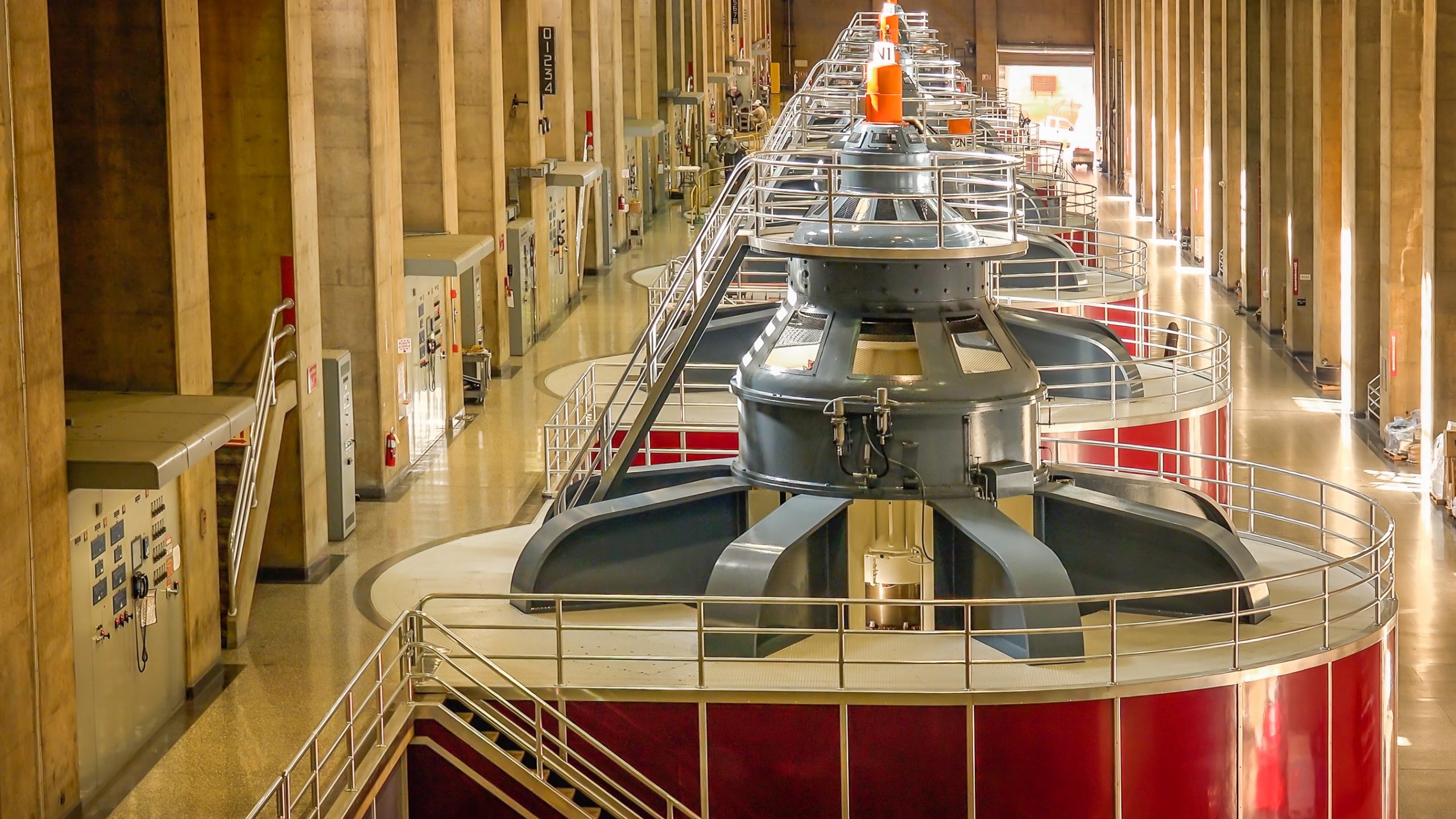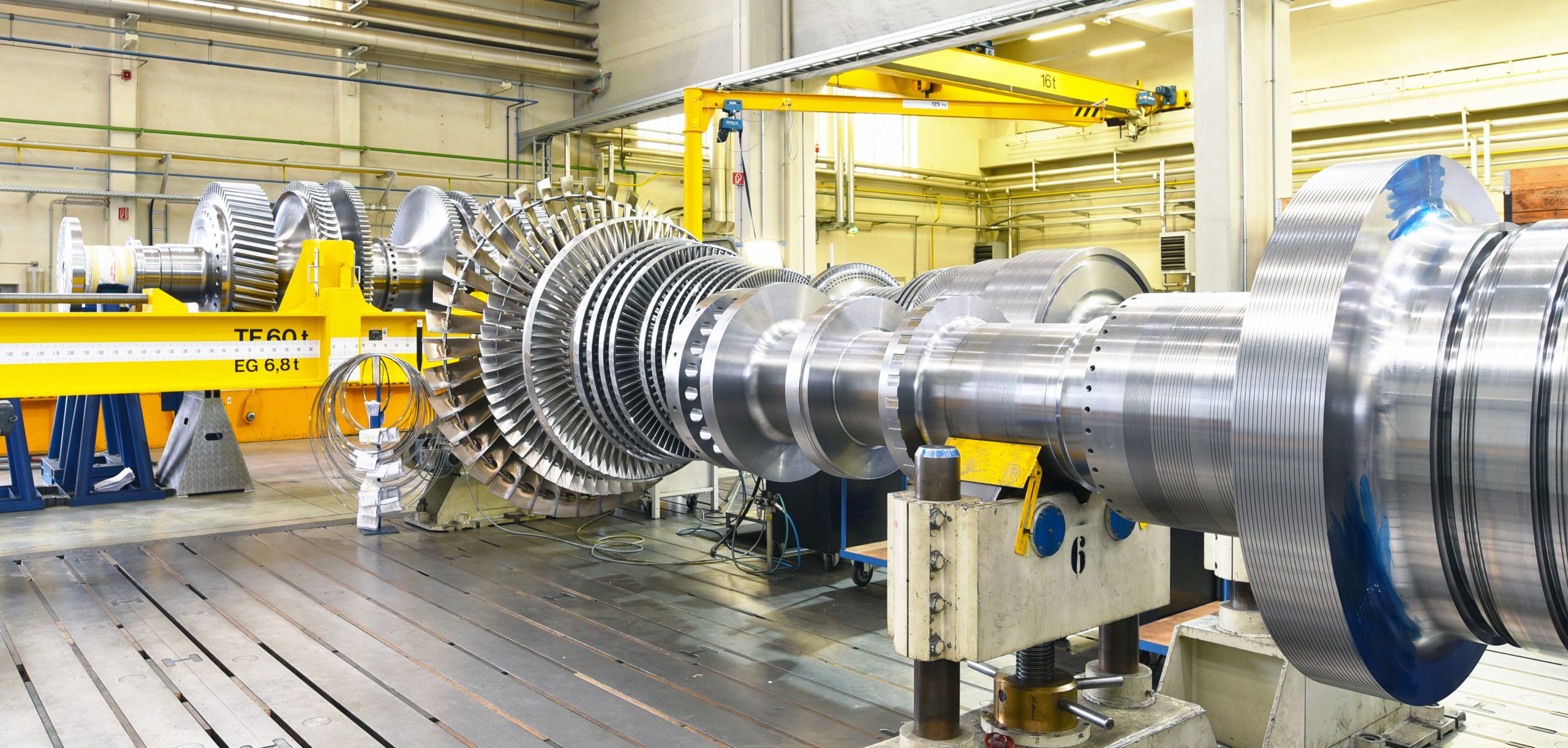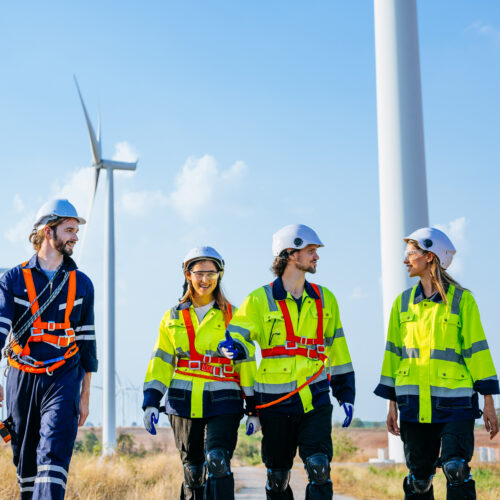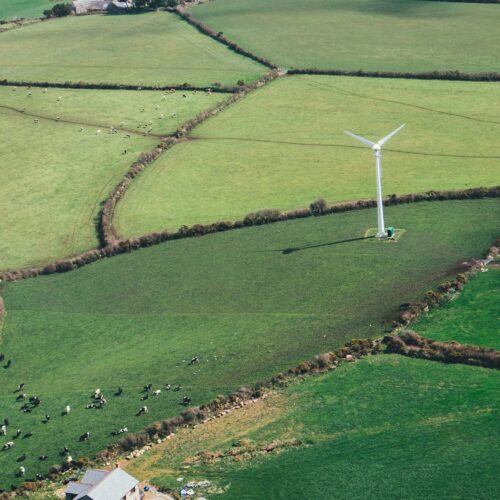Prior to the widespread availability of commercial electric power, hydroelectric power was used for irrigation and operation of various machines, such as watermills, textile machines and sawmills. By using water for power generation, people have worked with nature to achieve a better lifestyle.
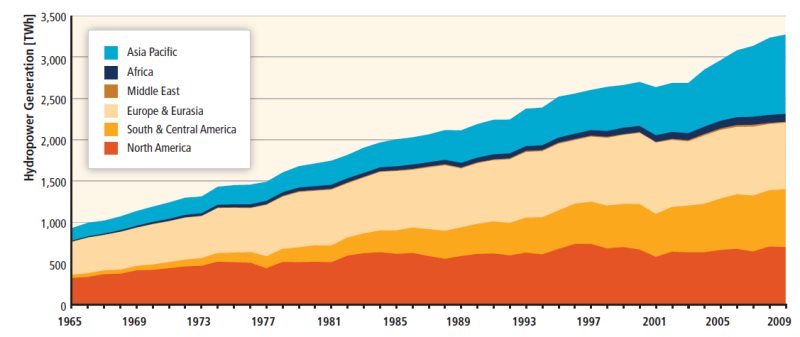
The mechanical power of falling water is an old resource used for services and productive uses. It was used by the Greeks to turn water wheels for grinding wheat into fl our more than 2,000 years ago. In the 1700s, mechanical hydropower was used extensively for milling and pumping. During the 1700s and 1800s, water turbine development continued.
The first hydroelectric power plant was installed in Cragside, Rothbury, England in 1870. Industrial use of hydropower started in 1880 in Grand Rapids, Michigan, when a dynamo driven by a water turbine was used to provide theatre and storefront lighting. In 1881, a brush dynamo connected to a turbine in a fl our mill provided street lighting at Niagara Falls, New York. The breakthrough came when the electric generator was coupled to the turbine and thus the world’s fi rst hydroelectric station (of 12.5 kW capacity) was commissioned on 30 September 1882 on Fox River at the Vulcan Street Plant, Appleton, Wisconsin, USA, lighting two paper mills and a residence.
Early hydroelectric power plants were much more reliable and effi cient than the fossil fuel-fi red plants of the day (Baird, 2006). This resulted in a proliferation of small- to medium-sized hydroelectric power stations distributed wherever there was an adequate supply of moving water and a need for electricity. As electricity demand grew, the number and size of fossil fuel, nuclear and hydroelectric power plants increased. In parallel, concerns arose around environmental and social impacts (Thaulow et al., 2010).
Hydropower plants (HPP) today span a very large range of scales, from a few watts to several GW. The largest projects, Itaipu in Brazil with 14,000 MW 2 and Three Gorges in China with 22,400 MW,3 both produce between 80 to 100 TWh /yr (288 to 360 PJ/yr). Hydropower projects are always site-specifi c and thus designed according to the river system theyinhabit.
The great variety in the size of hydropower plants gives the technology the ability to meet both large centralized urban energy needs as well as decentralized rural needs. Though the primary role of hydropower in the global energy supply today is in providing electricity generation as part of centralized energy networks, hydropower plants also operate in isolation and supply independent systems, often in rural and remote areas of the world. Hydro energy can also be used to meet mechanical energy needs, or to provide space heating and cooling.
More recently hydroelectricity has also been investigated for use in the electrolysis process for hydrogen fuel production, provided there is abundance of hydropower in a region and a local goal to use hydrogen as fuel for transport (Andreassen et al., 2002; Yumurtacia and Bilgen, 2004; Silva et al., 2005)
Hydropower plants do not consume the water that drives the turbines. The water, after power generation, is available for various other essential uses. In fact, a significant proportion of hydropower projects are designed for multiple purposes (see Section 5.10.2).
In these instances, the dams help to prevent or mitigate floods and droughts, provide the possibility to irrigate agriculture, supply water for domestic, municipal and industrial use, and can improve conditions for navigation, fi shing, tourism or leisure activities.
One aspect often overlooked when addressing hydropower and the multiple uses of water is that the power plant, as a generator of revenue, in some cases can help pay for the facilities required to develop other water uses that might not generate sufficient direct revenues to finance their construction.

